Could The Secretary Bird Will Become A Character In A Pixar Movie?
The secretary bird (Sagittarius Serpentarius) is a large raptor related to hawks and eagles. It got this name because of its quill-like crests on the back of its head that resemble 18th-century clerks with pens tucked into their wigs. This bird has another distinctive feature. Eyelashes. Long, prominent eyelashes that makeup models would kill for.
Image credits: Rudi Luyten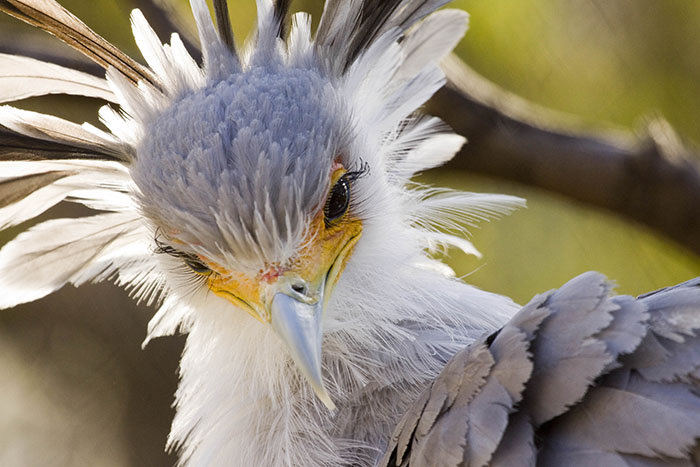
Image credits: Brian Connolly
Brian Connolly has been photographing nature for 10 years. Despite his experience, the secretary bird has still found ways of impressing him. “From what I’ve seen, the secretary bird is truly unique,” he told. “They hunt snakes on the ground by stomping them with their dinosaur-looking legs and talons.”
Image credits: Brian Connolly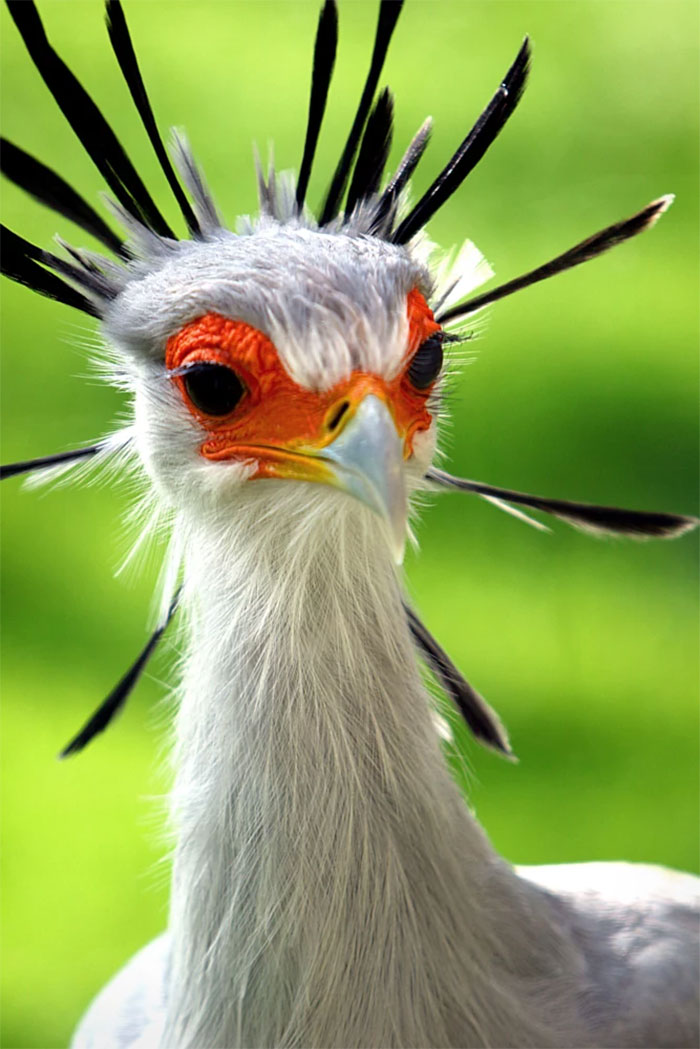
Image credits: Rudi Luyten
And that’s completely true. Secretary birds are diurnal carnivorous raptors who feed upon a variety of prey, and their ability to kill snakes on the African grasslands is well documented. Unlike most birds of prey, the secretary bird is largely terrestrial which means it hunts its prey on foot. The secretary bird may travel over 18 miles (30 km) a day in search of snakes, insects, and other animals.
Image credits: tlc photography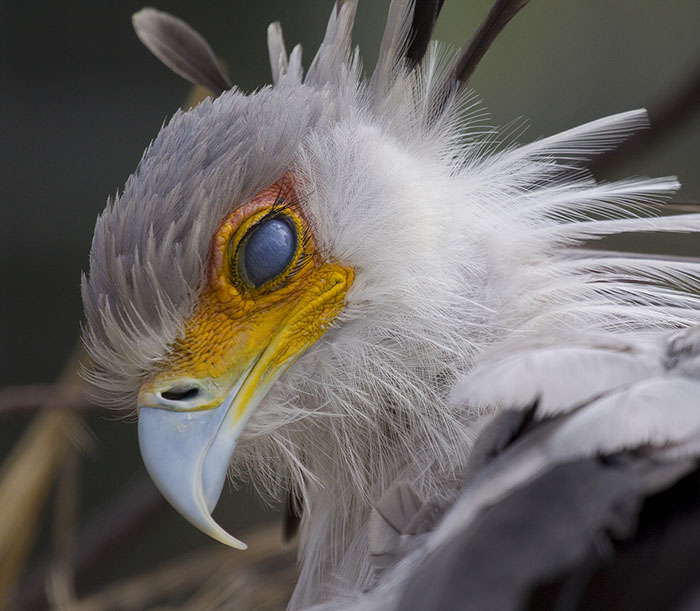
Image credits: Brian Connolly
And even though they feed upon snakes such as Adders and even Cobras, secretary birds will also consume lizards, amphibians, rodents, and bird eggs. Small animals are usually eaten whole while larger prey is stamped to death before being consumed. The secretary bird also stamps on the ground with its big stout-toed feet to flush prey out of hiding.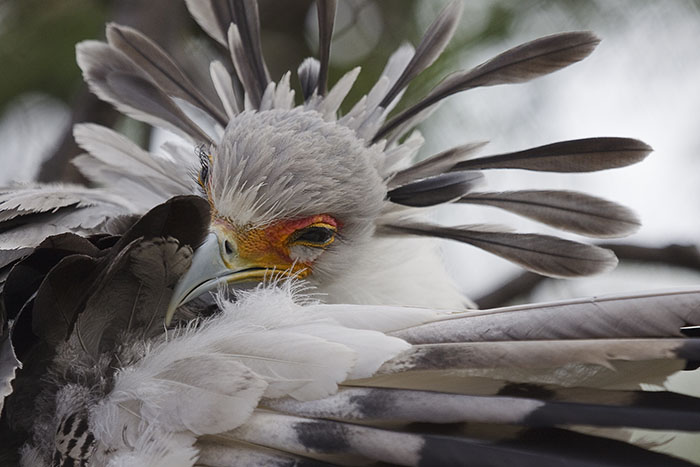
Image credits: Brian Connolly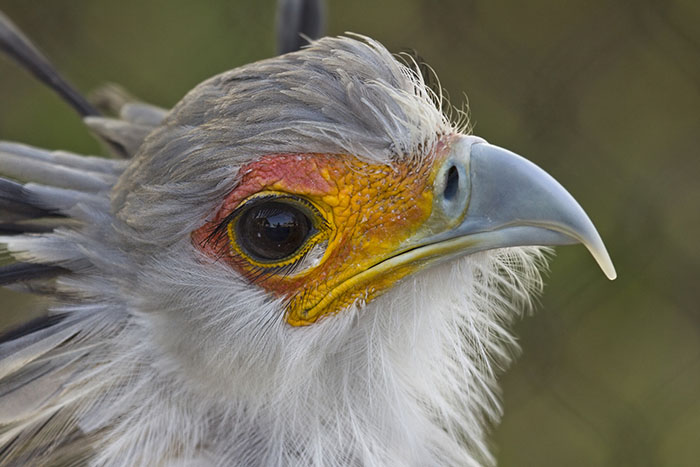
Image credits: Brian Connolly
“The challenges of photographing secretary birds are similar to photographing any wildlife,” Connolly said. “They move quickly and getting them sharp and in focus is always a challenge.” The secretary bird looks more like a friendly stork than a bird of prey. These tall birds can measure around 4.5 feet (1.35 m) in height, weigh 7.3 pounds (3.3 kg), and have a wingspan of over 6.5 feet (2 m). The secretary bird has a relatively small head and a hooked beak. The plumage tends to be a light-bluish grey and its face is red. Flight feathers are black and they have black feathers on their thighs and on the back of their heads. Their legs are long and powerful and as mentioned before, are used for dealing with prey. They don’t have grasping toes like other birds of prey, instead, their toes are thick and blunt with short curved talons on the ends.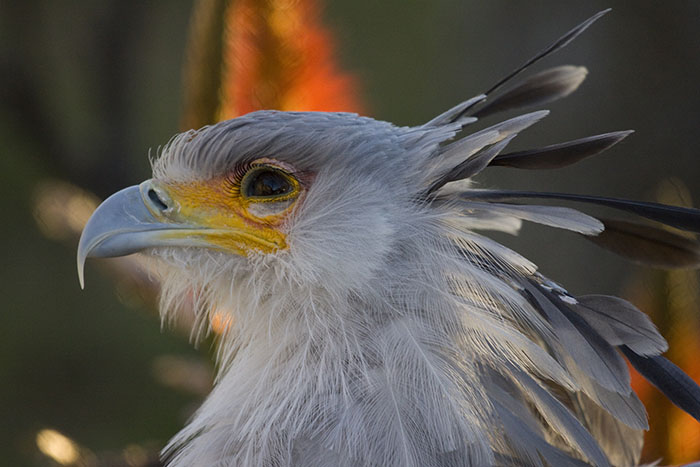
Image credits: Brian Connolly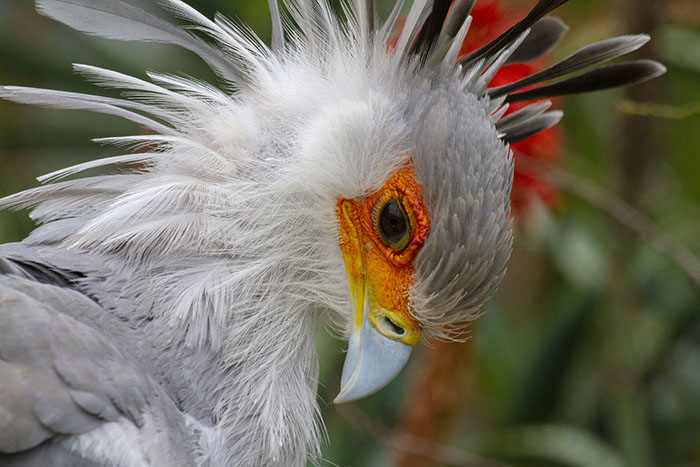
Image credits: Brian Connolly
These majestic creatures prefer open grasslands, steppe, and tree-dotted savannas. They live in areas where the grass is fairly short so they can hunt easier. Secretary birds build large nests in Acacia trees or thorn trees made from long, flat twigs and grass and can measure 8 feet wide and 1 foot deep. It’s pretty common for their nests to grow larger year by year. They return to their nests just before dark to roost overnight after hunting. These birds avoid forests and dense shrubberies as these areas restrict their movement.
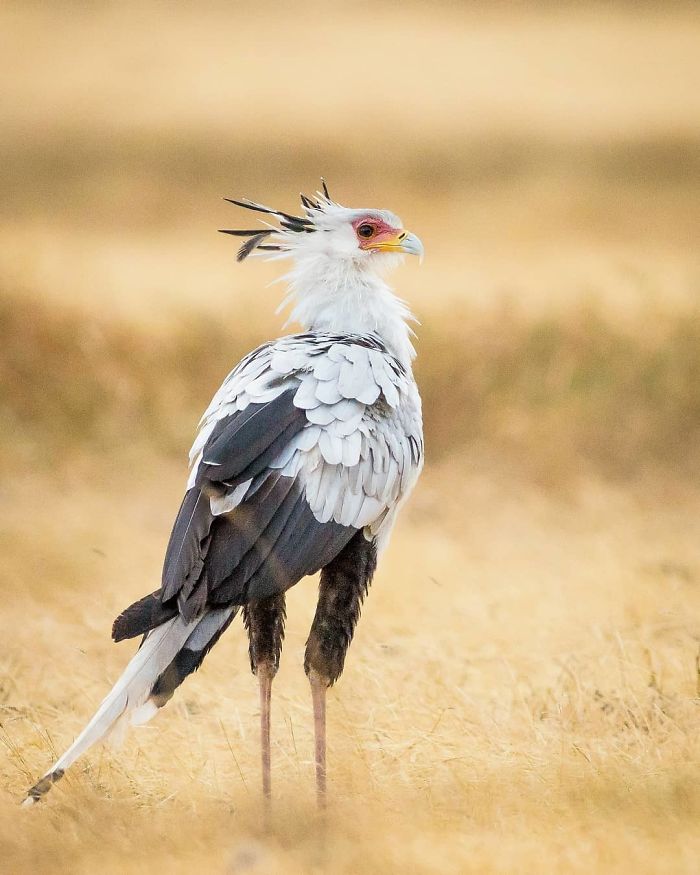
Image credits: alexnardiniph
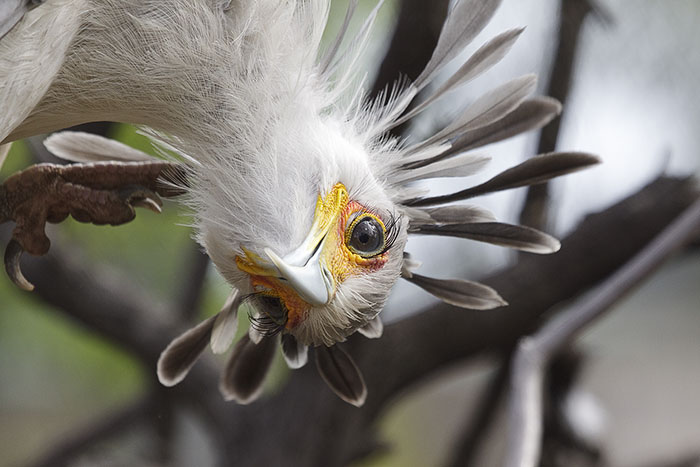
Image credits: Brian Connolly
Courtship includes a mutual display of chasing each other with wings spread up and backward, similar to how they act when chasing ground prey. Mating takes place either on the ground or in their large nests high up in Acacia trees. The female lays 2 – 3 oval eggs over a period of 2 – 3 days. The rough textured eggs are incubated by the female for another 45 – 50 days.

Image credits: Keven Law

Image credits: Brian Connolly
The young start flapping their wings when they’re 60 days old, developing wing feathers around 80 days old. Although they still remain in the nest for most of the time, they already go on expeditions with their parents who teach them hunting.

Image credits: Brian Connolly
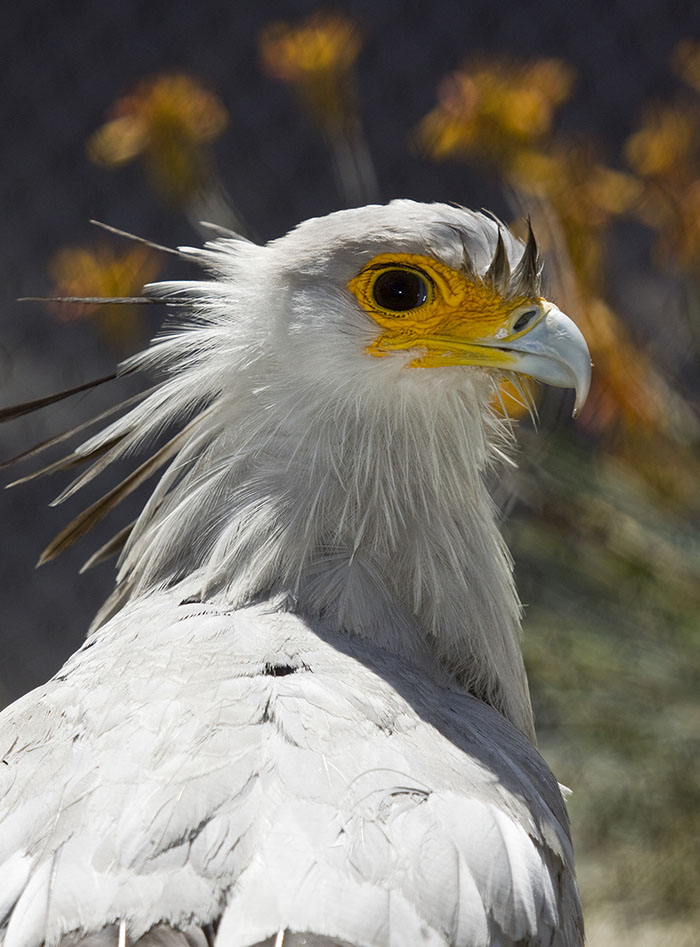
Image credits: Brian Connolly
The secretary bird has been admired in Africa for its striking appearance and ability to deal with pests and snakes. In fact, it even made its way to the emblem of Sudan as well as the coat of arms of South Africa.
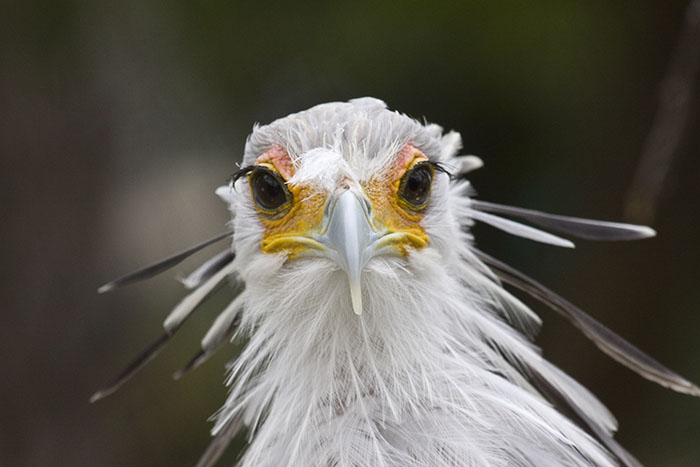
Image credits: Brian Connolly
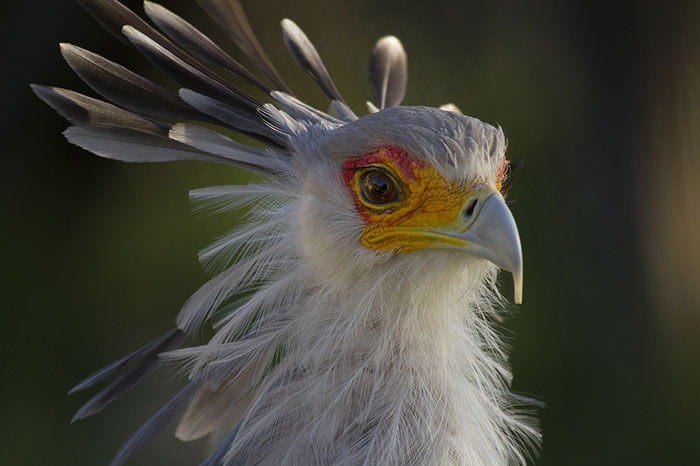
Image credits: Brian Connolly
Like what you're reading? Subscribe Us
Comments
Post a Comment